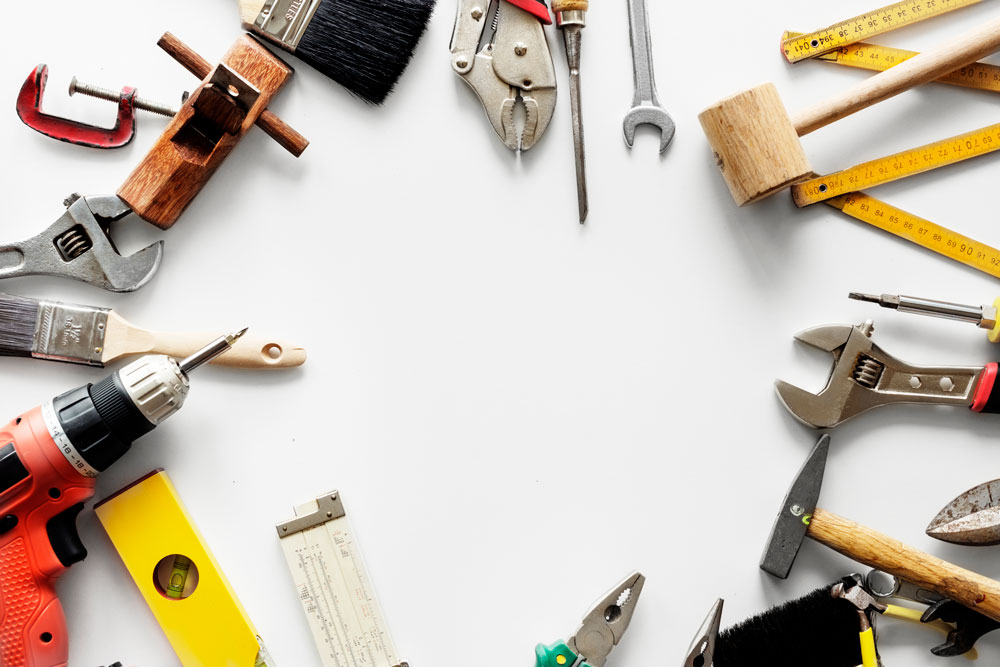Most types of maintenance follow:
1- Corrective Maintenance (CM)
2- Preventive Maintenance (PM)
3- Predictive Maintenance (PDM)
4- Emergency Maintenance (EM)
5- Planned Maintenance (PM)
To avoid deviating from the main subject of the article, we will briefly explain the first four types and leave further study in this regard to respectful readers. Due to its greater association with the main subject of the article, we will examine the fifth type in greater detail.
1. Corrective Maintenance (CM)
When equipment fails, this method is used to replace or repair it. It was utilized in the past and prior to the Second World War. Although the initial cost of this method is low, it is not efficient. Using it when there is a breakdown makes it very expensive in the long term. Maybe this technique is referred to as repairs because it is only utilized after a failure!
2. Preventive Maintenance (PM)
We use preventive maintenance to prevent breakdowns in the equipment and may also be oriented towards repair or care. In any case, it prevents breakdowns or failures and unplanned shutdowns of equipment. The term “PM” encompasses inspection, survey, checking, service, wrenching, balancing, replacement of parts, lubrication, and other related tasks.
3. Predictive Maintenance (PDM)
Predictive Maintenance (PDM) is a method for maintaining equipment efficiency. The statistical data provided is crucial for determining and predicting the likelihood of equipment failure in the future. After that, the PM unit can explain and perform preventive maintenance activities on the equipment at a scheduled time.
4. Emergency Maintenance (EM)
The production is halted due to a device malfunction. It’s imperative that we fix it as soon as possible. After this emergency maintenance, known as EM, we carry out a set of activities listed in the CM. Activities that limit the spread of damage to other equipment and machinery are the most important ones. Repairing the device is necessary to achieve the expected conditions.
5. Planned Maintenance (PM)
By following a scheduled plan, Planned Maintenance is a smart preventative approach that maintains equipment and machinery. By doing this, the high costs of reactive maintenance can be avoided. The risk of failures is reduced as well. The oil refinery’s production unit is kept in an optimal situation by the PM.
Reference: The Most Types of Maintenance


